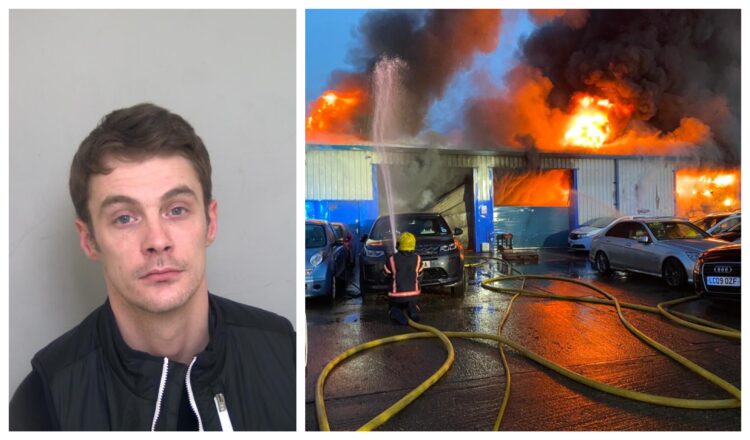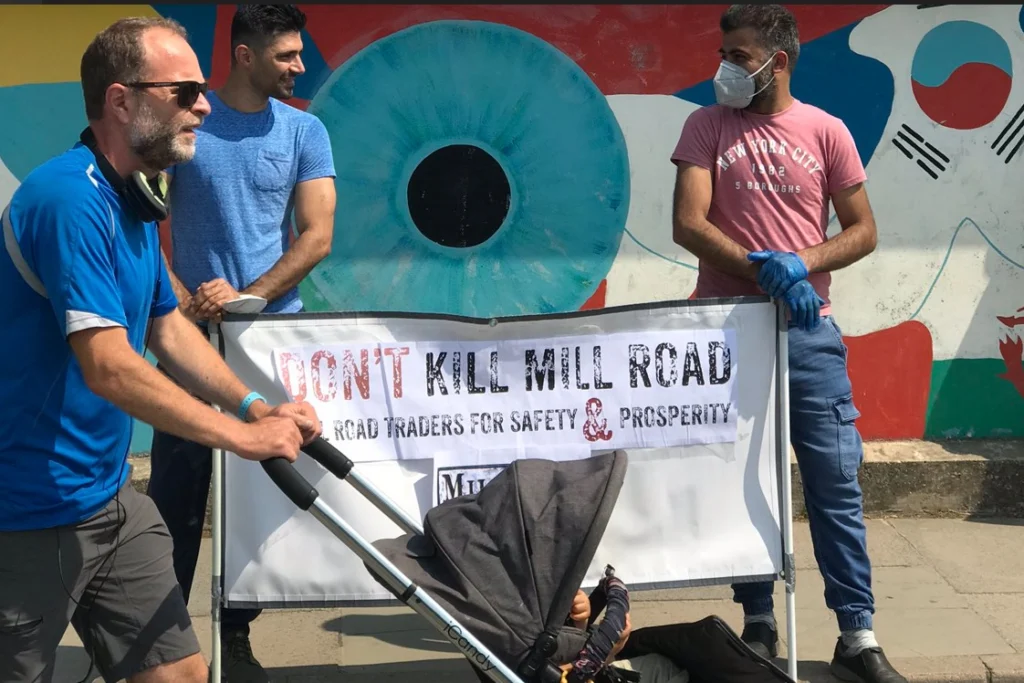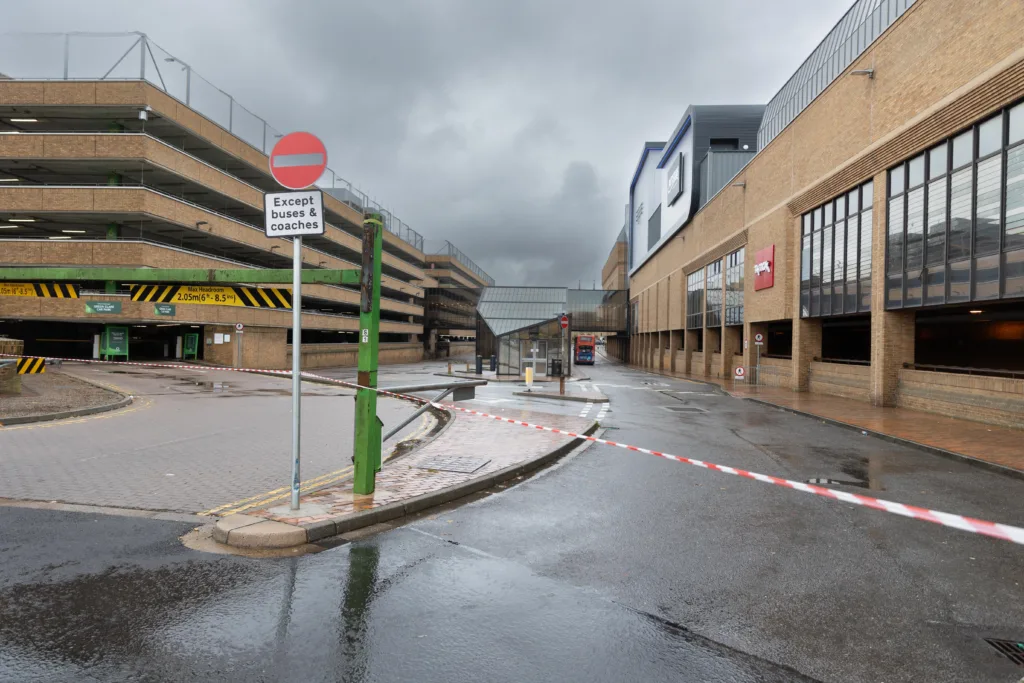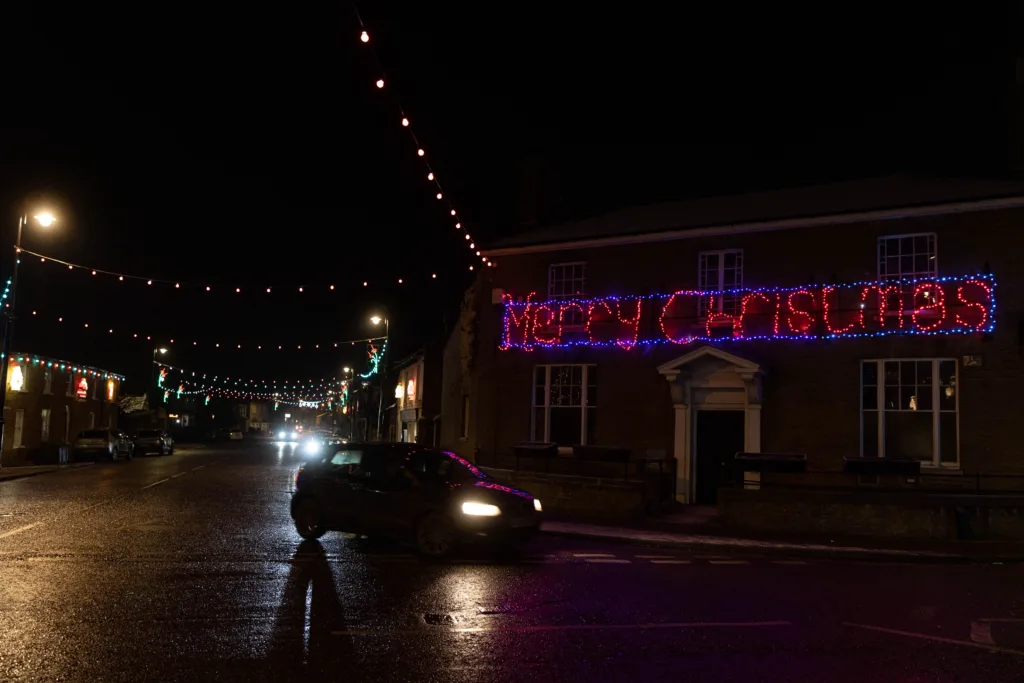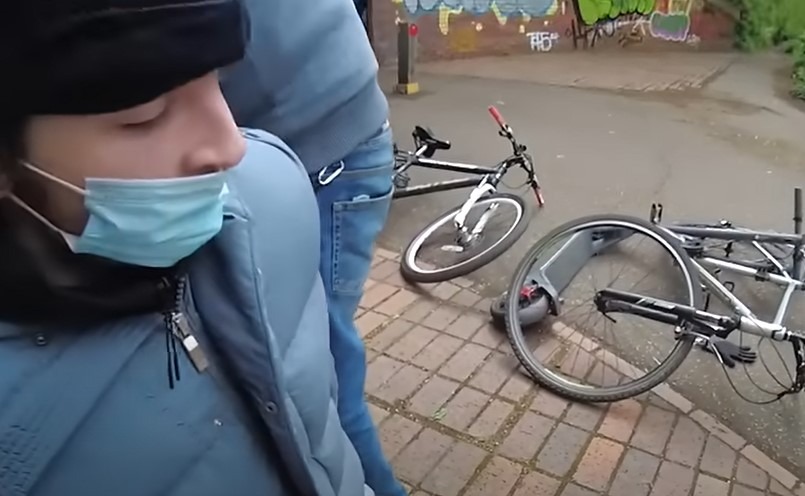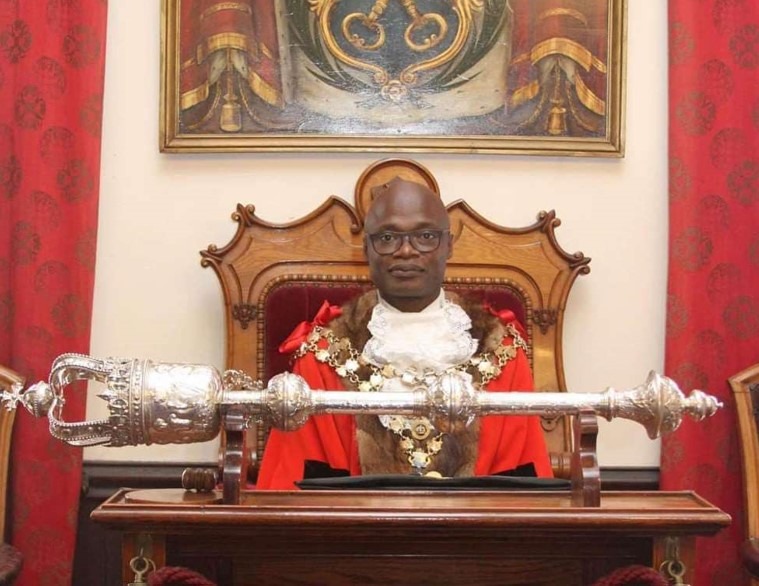A Luton van stored at a vehicle recovery depot and later found to contain £500k worth of cannabis, was deliberately torched – in the process starting a blaze that caused £1.8m damage to the adjoining building. 29 vehicles were completely destroyed.
“This included some seized by police and nine vehicles awaiting examination for serious and fatal collisions, meaning family members may never get justice for their lost ones,” said a Cambridgeshire police spokesperson.
Charlie Martinson, 34, was found to be behind the blaze at the Enfield’s site, in Howard Road, Eaton Socon, St Neots, which was reported at 5.30am on 24 February 2023.
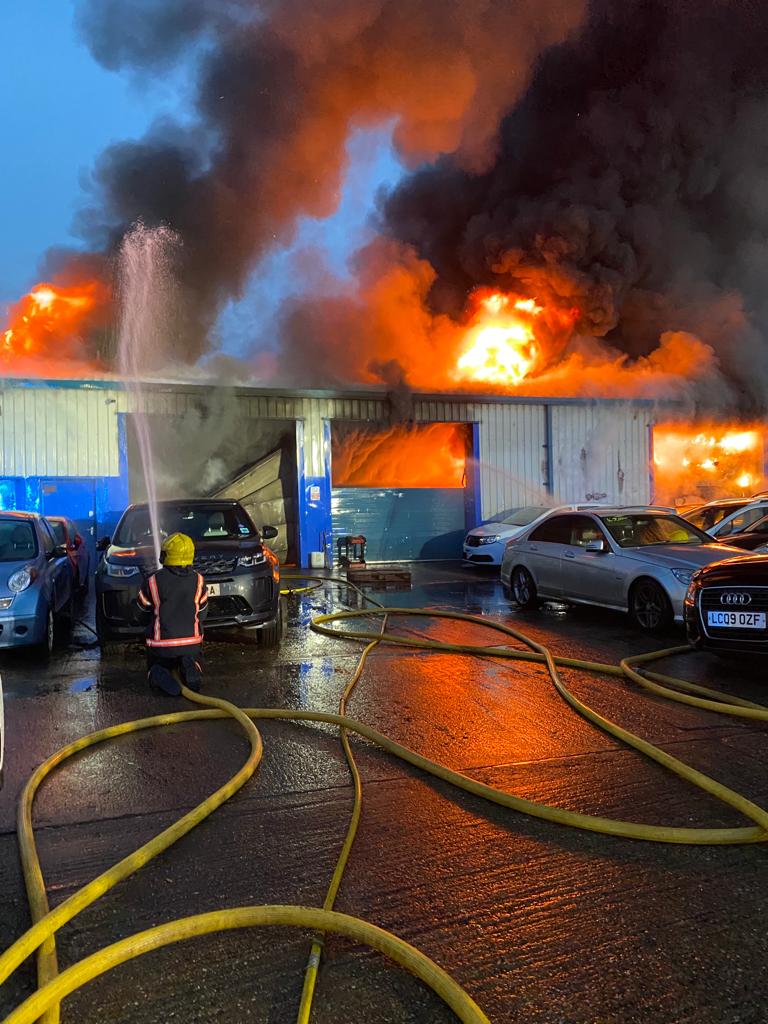
Fire investigators quickly found the blaze, which destroyed the building and vehicles inside, was started deliberately. Broken down vehicles from the roadside and those seized by police after being used in crimes, were destroyed.
“Some had potentially been involved in an attempted murder, a burglary series and a robbery,” said the Cambridgeshire police spokesperson.
“Investigations revealed the fire was started in, or very close to, a Luton van seized after a robbery in Huntingdon the night before.
“The van was later found to have contained cannabis worth half a million pounds, hidden from view by purpose-built boarding.”
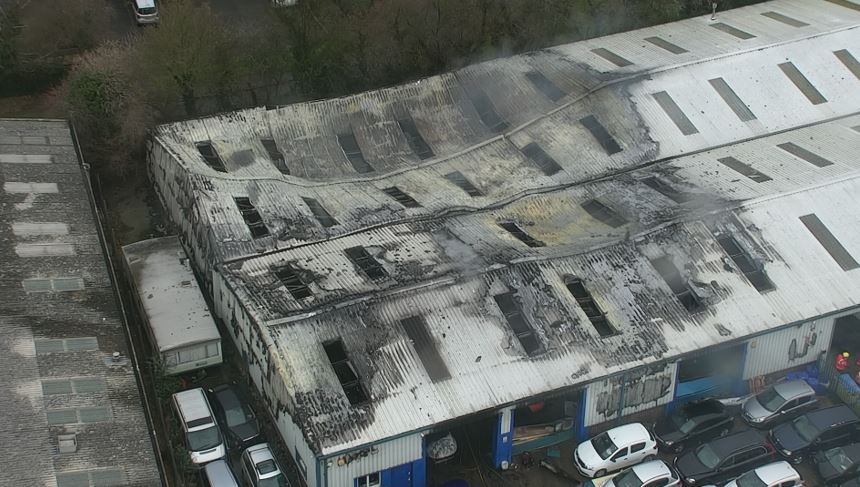
Police established the fire was started to try to destroy the van and hidden drugs.
Piecing together evidence, officers discovered Martinson had driven a black Range Rover to St Neots, parked near the Enfield’s recovery site and, though it was never established exactly who scaled the fence, broke into the site with two other men.
The car was caught on a video doorbell and CCTV captured the moment the break-in took place, and the men fled, but accidentally left a jerry can behind.
The footage also captured the smoke coming from the building soon after.
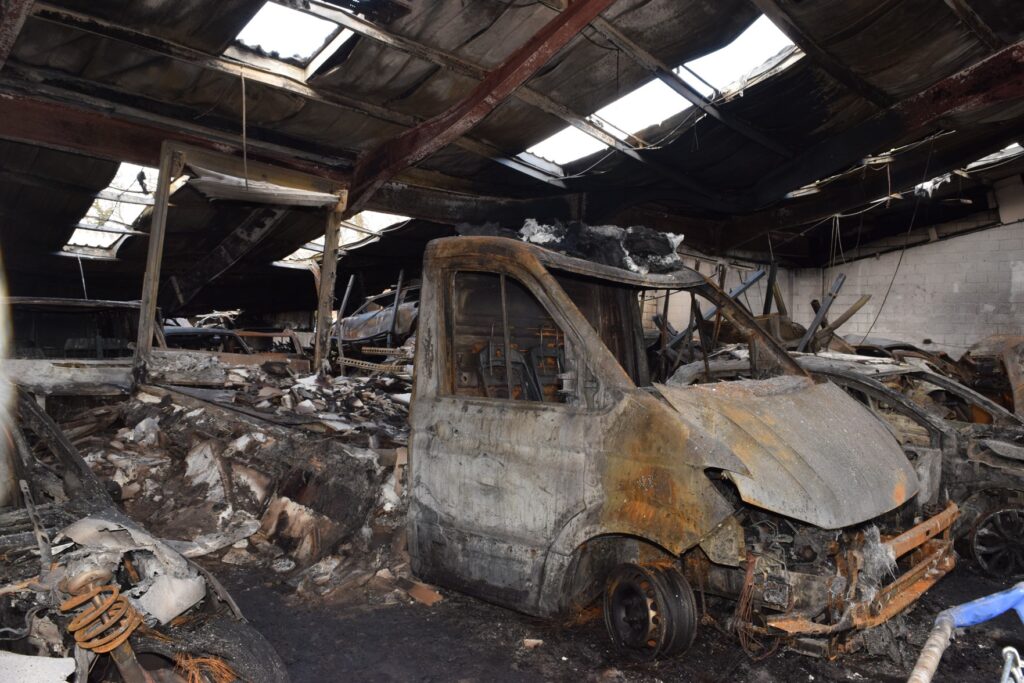
Martinson’s black Range Rover was seen travelling near the van before the robbery and Martinson was seen, later the same night, filling up the car with diesel from a jerry can.
Police revisited the site and found the discarded jerry can under a vehicle near a corner of the fence. The bar code from the jerry can was identical to one purchased by Martinson’s partner after he had run out of fuel the previous day.
Martinson, of Crescent Avenue, Grays, Essex, was found to be the only person insured to drive the Range Rover and had also recently admitted he owned the car. Cell site analysis from his phone also placed him in St Neots at the time of the fire.
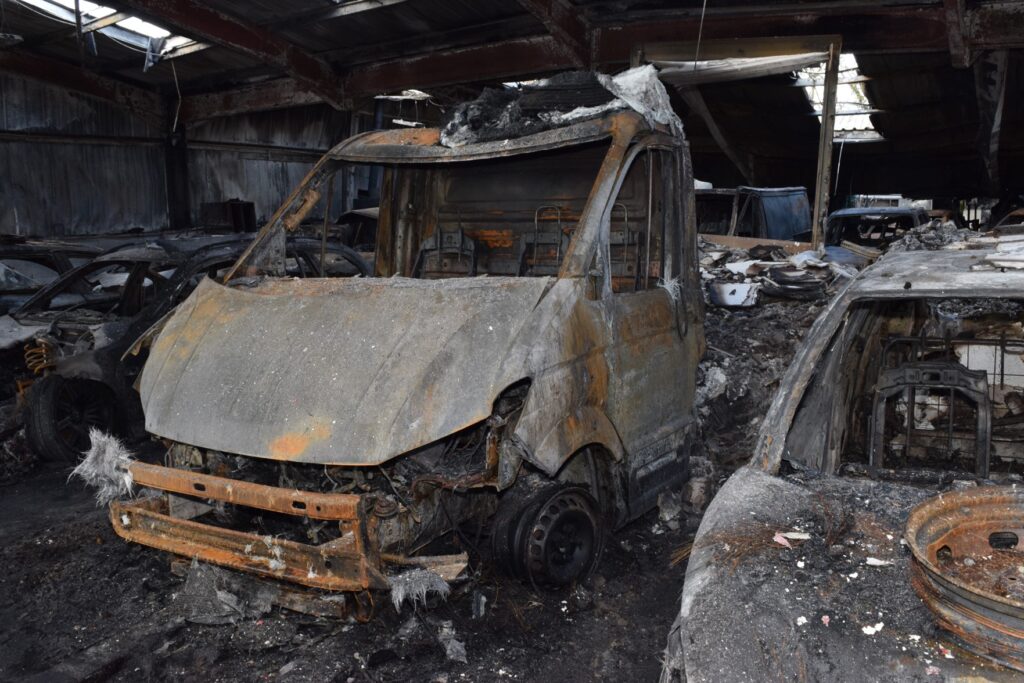
Martinson was arrested but in police interview answered no comment to all questions. He was charged with arson with recklessness as to whether life was endangered.
He stood trial at Cambridge Crown Court in November and was found guilty of the offence. Martinson was sentenced at the same court on Friday (7 February), where he was jailed for 13 years and an extra four years on licence.
Sentencing, Judge Philip Grey said the offence involved “organised, brazen criminality” and a “determined attempt to destroy evidence” relating to an earlier offence.
He added that this was a case where the circumstantial evidence was “absolutely compelling”.
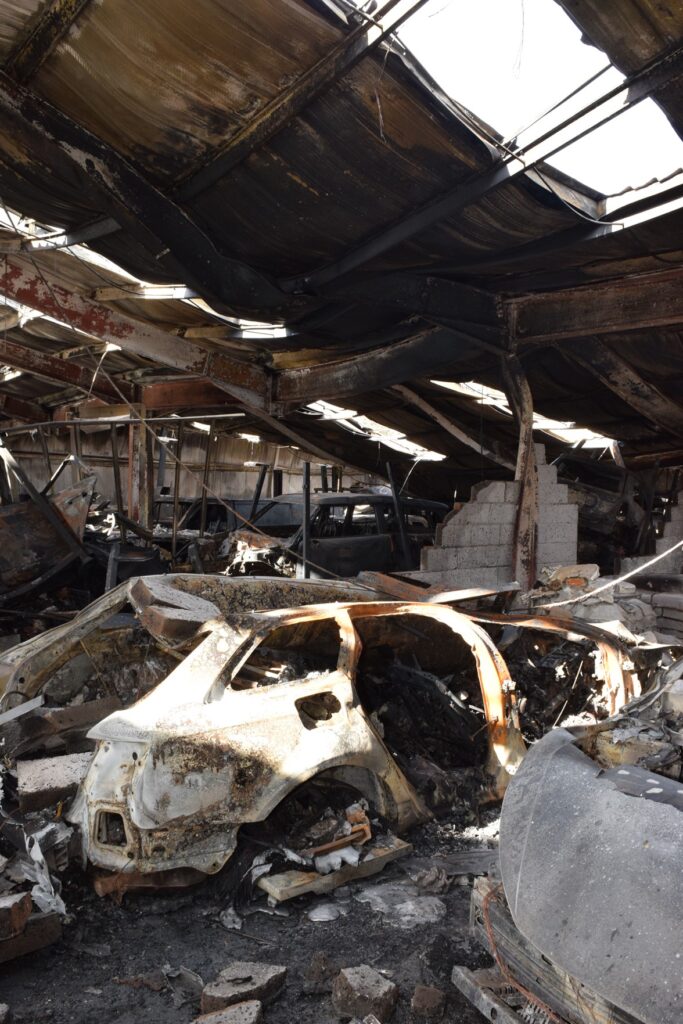
DC Lauren Kirkup, who investigated, said: “The sheer scale of the fire caused the roof to partially collapse and resulted in huge structural damage. The consequences of Martinson’s extremely careless actions cannot be underestimated, and it is lucky no-one was working early and inside the compound at the time.
“A total of 29 vehicles were completely destroyed. This included some seized by police and nine vehicles awaiting examination for serious and fatal collisions, meaning family members may never get justice for their lost ones.
“Thanks to Martinson, evidence was also lost in an attempted murder investigation and an ongoing burglary series.
“This was a long and complex investigation which had a significant impact on a local business, which the devastated manager had spent 23 years building. He has now been left feeling helpless and frustrated and continues to lose thousands of pounds weekly due to the arson and estimates the overall damage costs to exceed £1.8million.
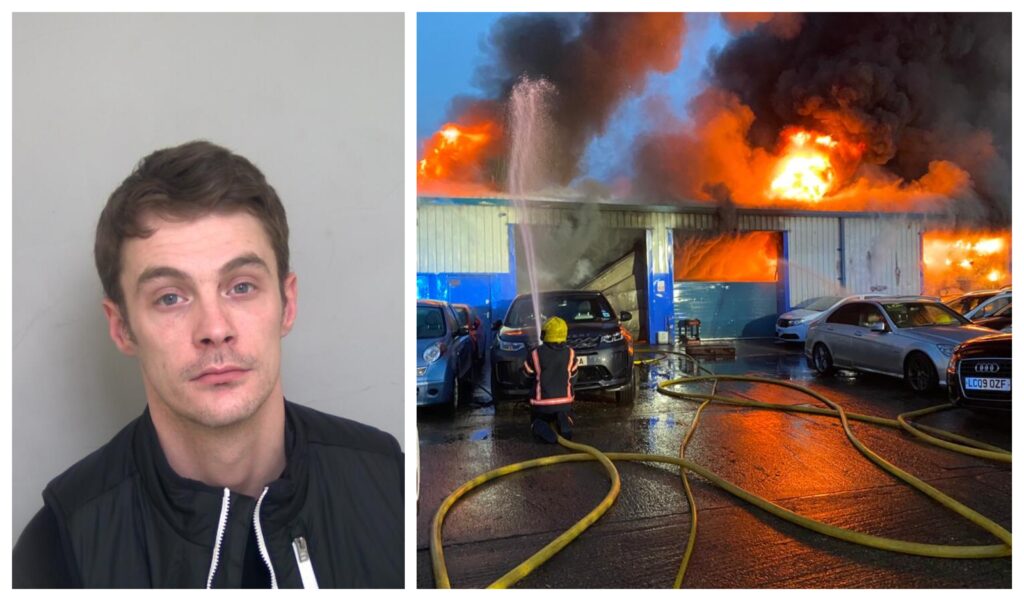
“This case shows how piecing together small bits of evidence can result in a conviction. From video doorbell footage to CCTV and even visiting a petrol station to see what type of jerry cans they sell – it all makes a difference.”


